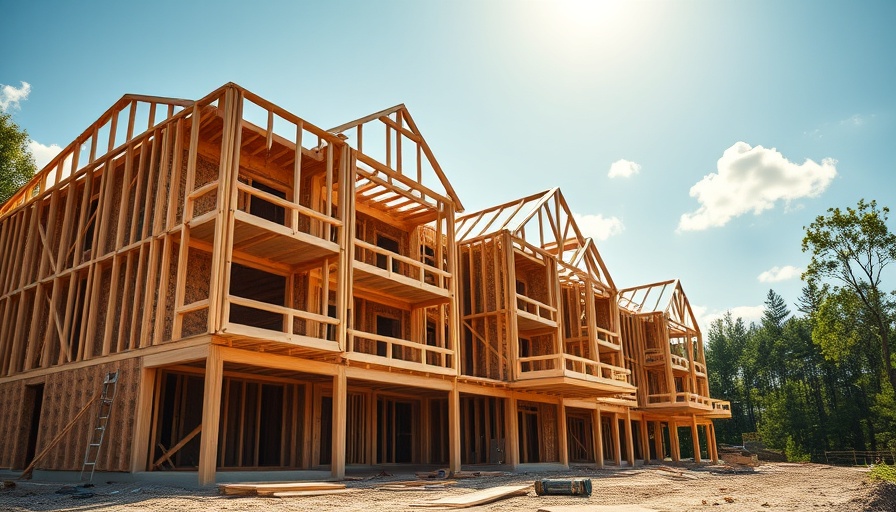
Understanding the ‘Pipes-First’ Strategy in Texas
As cities in Texas prepare for future industrial development, a significant trend has emerged in urban planning: the 'Pipes-First' strategy. This approach prioritizes the installation of essential utility infrastructure—specifically water pipes—before construction begins on new homes and businesses. The rationale is straightforward: by addressing utility needs early, cities can streamline construction processes while reducing delays often associated with installing infrastructure after the fact.
Why ‘Pipes-First’ Matters for Urban Development
Urban areas across Texas are expanding rapidly, driven by economic growth and population increases. Adopting the 'Pipes-First' strategy can facilitate sustainable development while minimizing disruptions during construction. By ensuring that water and sewer lines are laid first, municipalities can effectively support proposed projects, making it more appealing for developers to invest in their towns.
Potential Challenges and Concerns
While the 'Pipes-First' strategy has its advantages, it also presents challenges. One concern is the significant upfront cost associated with installing utility infrastructure ahead of time. Cities must weigh the benefits against these expenses, particularly if the anticipated development does not occur. Additionally, there may be opposition from community members who feel that the focus on infrastructure neglects other important urban needs.
Industry Perspectives on Implementing the Strategy
Contractors and industry experts support the 'Pipes-First' approach, praising its potential to reduce project timelines and costs in the long run. By minimizing the need for future excavations, developers can save on labor and materials while increasing the overall efficiency of their projects. Engaging with local contractors who understand the logistics and costs associated with such a strategy can significantly enhance its implementation.
Future Predictions: What’s Next for Texas Cities?
The future of the 'Pipes-First' strategy looks promising as cities continue to embrace innovative ways to manage urban growth. More municipalities are observing preliminary successes and are keen to replicate these results. If done correctly, this proactive infrastructure planning could set a new standard for urban development not just in Texas but across the nation.
Conclusion: The Value for Homeowners and Contractors
Understanding the 'Pipes-First' strategy is crucial for homeowners and contractors alike. For contractors, it presents a unique opportunity to showcase their expertise in managing complex projects, while homeowners benefit from quicker construction timelines and reduced disruptions. As Texas looks toward the future, embracing this strategy could lead to more sustainable and efficient urban living environments.
 Add Row
Add Row  Add
Add 




Write A Comment